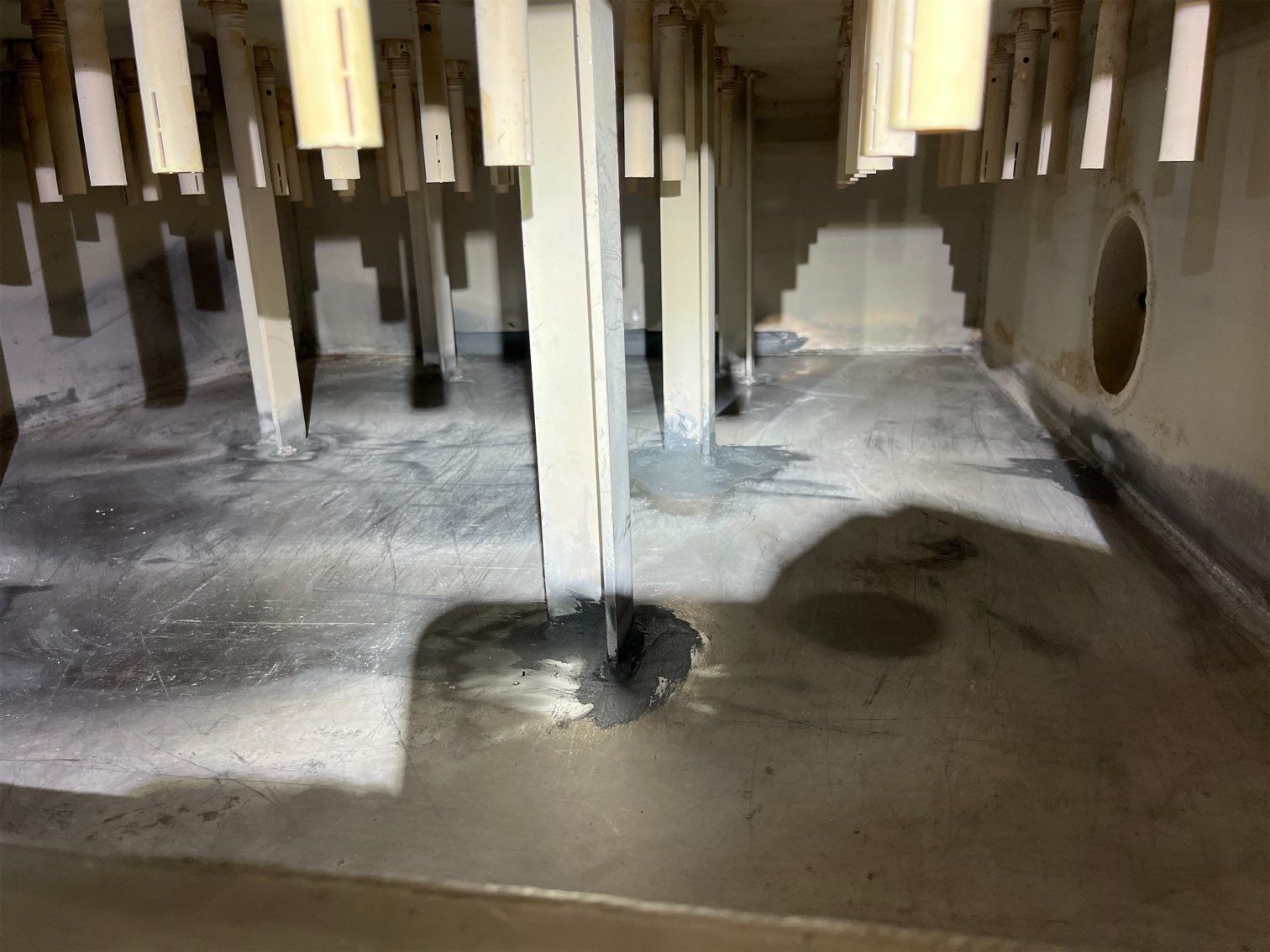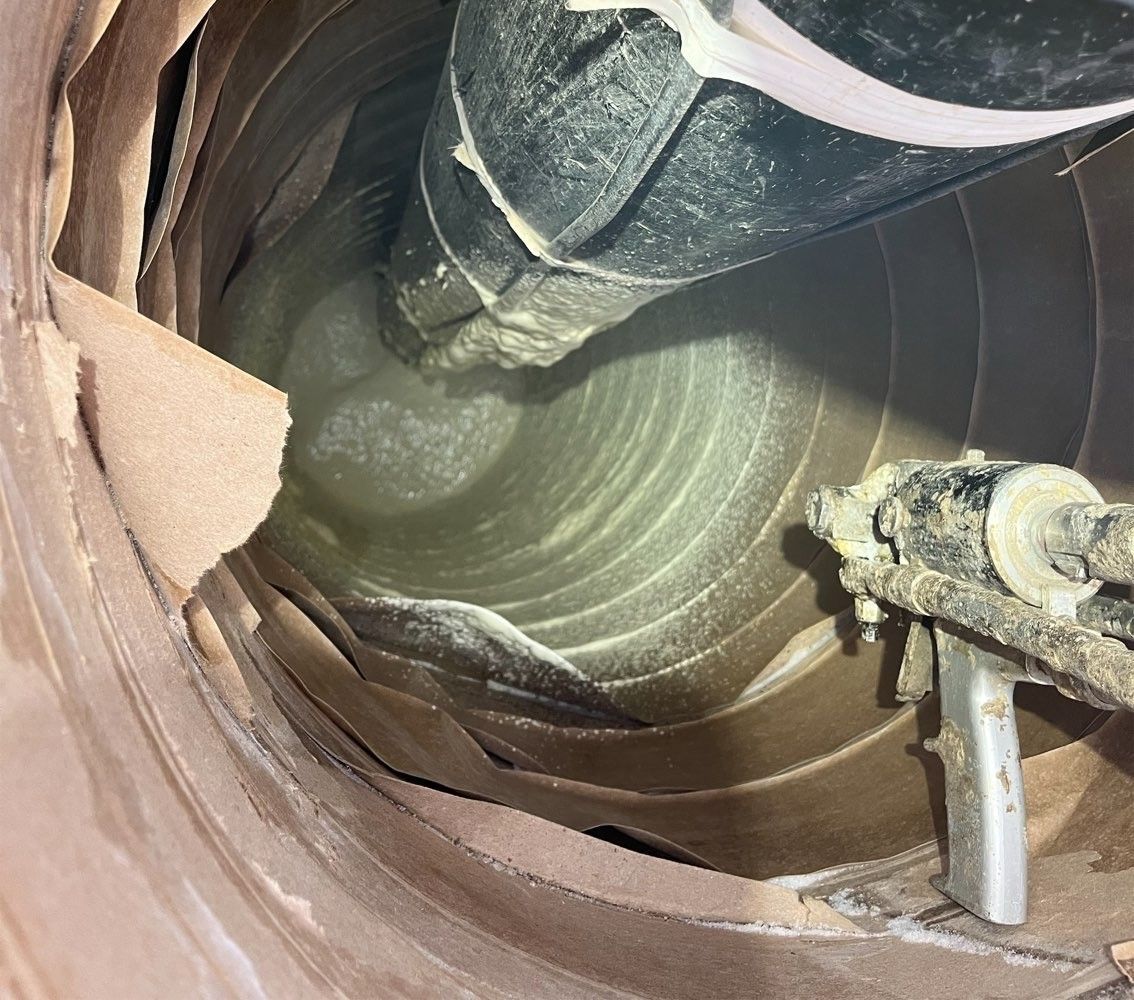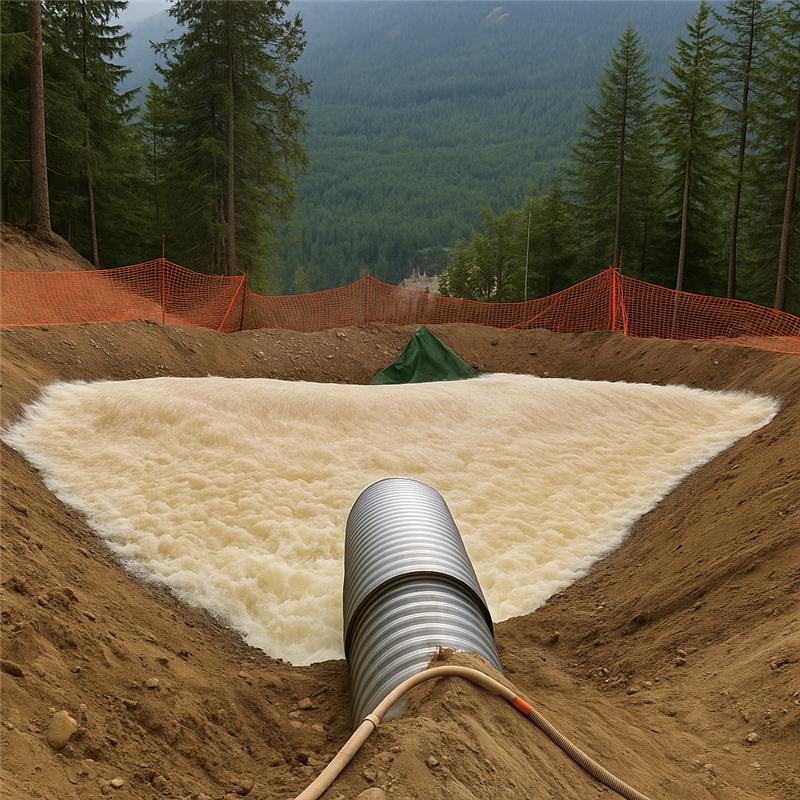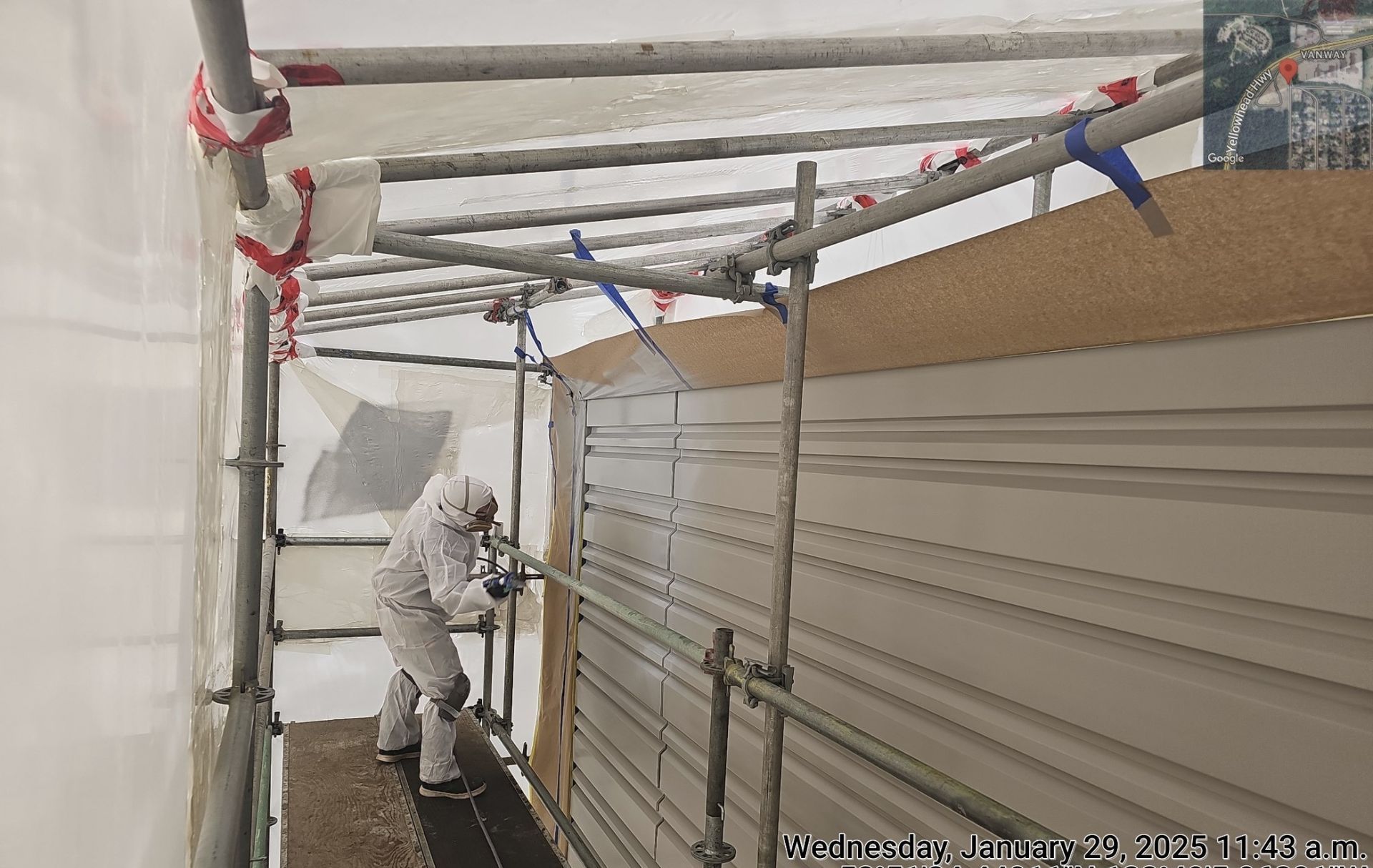The Environmental Impact of Using Sustainable Materials in Infrastructure
The Environmental Impact of Using Sustainable Materials in Infrastructure
The Environmental Impact of Using Sustainable Materials in Infrastructure
As global concerns about climate change and environmental degradation intensify, the construction industry is under increasing pressure to adopt more sustainable practices.
Infrastructure projects, which traditionally consume vast amounts of resources and generate significant waste, are now turning to sustainable materials to minimize their environmental footprint.
These materials not only reduce negative impacts but also enhance the durability and efficiency of infrastructure systems.
The Importance of Sustainability in Infrastructure
Infrastructure projects—such as bridges, roads, buildings, and pipelines—have historically relied on energy-intensive materials like concrete, steel, and asphalt.
While these materials are essential for structural integrity, their production and use contribute to greenhouse gas emissions, resource depletion, and pollution.
Sustainable materials address these issues by:
Reducing Carbon Footprints: Many sustainable materials have lower embodied carbon, meaning they require less energy to produce and emit fewer greenhouse gases during their lifecycle.
Enhancing Resource Efficiency: Recycled and renewable materials decrease the demand for virgin resources, conserving natural ecosystems.
Improving Long-Term Performance: Advanced sustainable materials are designed to last longer, reducing the frequency of repairs and replacements.
Common Sustainable Materials in Infrastructure
Recycled Aggregates Recycled concrete and asphalt aggregates are used in road construction and building foundations. These materials reduce the need for mining natural aggregates and divert waste from landfills.
Fly Ash and Slag Cement Byproducts of coal combustion and steel production, fly ash and slag cement are used as supplementary cementitious materials in concrete. They enhance durability while reducing the carbon emissions associated with traditional Portland cement.
Bamboo As a fast-growing renewable resource, bamboo is increasingly used in construction for scaffolding, flooring, and even structural components. It offers high strength-to-weight ratios and sequesters carbon during its growth.
Cross-Laminated Timber (CLT) CLT is a sustainable alternative to traditional steel and concrete for buildings. Made from layered wood panels, it offers exceptional strength and thermal insulation while being renewable and biodegradable.
Bioplastics and Biocomposites Derived from plant-based materials, bioplastics and biocomposites are used in various infrastructure applications, including piping, insulation, and road materials.
Green Roof Systems Living roofs covered with vegetation reduce urban heat islands, manage stormwater, and improve air quality. They also extend the lifespan of roofing materials by shielding them from UV radiation and extreme temperatures.
The biggest enviromental benefits?
- Reduced Emissions: Sustainable materials often have lower production emissions, helping to combat climate change.
- Waste Reduction: Using recycled materials diverts waste from landfills and reduces the need for new resource extraction.
- Improved Ecosystems: Renewable materials help preserve natural habitats and biodiversity.
Economic Advantages?
- Lower Lifecycle Costs: Durable materials reduce maintenance and replacement expenses over time
- Energy Efficiency: Materials with high thermal performance lower energy consumption in buildings and infrastructure systems.
- Government Incentives: Many governments offer financial incentives for projects that prioritize sustainability.
Social Impact?
Healthier Communities: Non-toxic materials improve indoor air quality and reduce health risks for residents and workers.
Job Creation: The shift to sustainable materials supports industries focused on recycling, renewable resources, and innovative technologies.
Challenges in Adopting Sustainable Materials
Despite their benefits, integrating sustainable materials into infrastructure projects presents some challenges:
- Higher Initial Costs: Although lifecycle costs are lower, upfront expenses for sustainable materials can be higher than traditional options.
- Limited Availability: In some regions, sustainable materials are not readily available, leading to logistical challenges.
- Lack of Awareness: Many stakeholders are unfamiliar with sustainable materials and their potential benefits, slowing adoption rates.
- Technical Limitations: Some sustainable materials may not yet match the performance of traditional counterparts in specific applications.
- Real-World Applications of Sustainable Materials
The Brooklyn Bridge Park This urban park incorporates recycled materials, including reclaimed wood and sustainably sourced stone, to create a green, functional public space. Its design reduces stormwater runoff and promotes biodiversity.
The Bosco Verticale (Vertical Forest) Located in Milan, Italy, this innovative building uses vegetation to absorb CO2, reduce energy consumption, and improve air quality. It integrates sustainable materials like recycled concrete and energy-efficient glazing.
London’s Crossrail Project The Crossrail initiative utilizes fly ash in its concrete mixes and incorporates recycled steel to reduce the environmental impact of construction.
Highway Construction with Recycled Plastics Several countries, including India and the Netherlands, are using recycled plastics in road construction. These roads are more durable and resistant to temperature fluctuations, reducing maintenance costs.
The Future of Sustainable Materials in Infrastructure
Advancements in material science are driving the development of new sustainable options:
Graphene: This lightweight, incredibly strong material could revolutionize concrete and steel alternatives, reducing resource usage and emissions.
Bio-Based Polymers: Innovations in plant-derived polymers are expanding their applications in coatings, insulation, and composites.
3D Printing: Additive manufacturing enables the efficient use of materials, minimizing waste and allowing for the incorporation of recycled content.
Smart Materials: Self-healing concrete and adaptive materials promise longer lifespans and reduced maintenance needs.
The adoption of sustainable materials in infrastructure is no longer a choice but a necessity.
By reducing environmental impact, lowering costs, and promoting healthier communities, these materials offer a pathway to a more resilient and sustainable future.
As technologies advance and awareness grows, the integration of sustainable practices into infrastructure projects will become the norm, ensuring a balance between development and environmental stewardship.
















